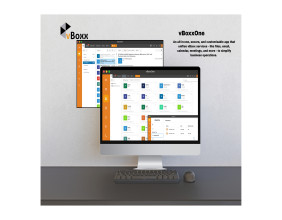Gear Energy Ltd. (TSX:GXE) has recently announced a dividend payment of CA$0.005 per share, set for distribution on September 27th. This dividend translates to a yield of 9.5%, which stands out and may attract significant interest from dividend-seekers.
A high dividend yield is often appealing, but its sustainability is a crucial factor. Historically, Gear Energy has been allocating a substantial portion of its earnings and cash flows to dividends, with previous payouts exceeding earnings by 131% and cash flows by 76%. This approach may reflect a strategic emphasis on delivering immediate shareholder returns rather than investing in growth opportunities, which might be limited.
Projections for the upcoming year suggest a modest increase in earnings per share (EPS) by 0.9%, assuming current trends persist. However, if the company continues its current dividend practices, the payout ratio could rise to 120% over the next year. Such a high payout ratio might put additional strain on the company's financial resources and raise concerns about the long-term sustainability of its dividend payments.
The company's dividend history, while showing growth, is relatively brief, which complicates the assessment of its stability through various economic cycles. Over the past two years, Gear Energy's annual dividend increased from CA$0.04 in 2022 to CA$0.06 in the latest fiscal year, representing a growth rate of 22% annually. This rapid increase in dividends is noteworthy and may be appealing to shareholders looking for growing income streams. However, the short duration of this payment history means that there is limited data available to evaluate how the company might perform across different economic conditions and whether the current dividend growth can be sustained in the long term.
In conclusion, while Gear Energy Ltd. offers an attractive dividend yield, it is important for stakeholders to consider the sustainability of this yield. The company's high payout ratios and relatively short dividend history suggest that careful monitoring of future financial performance and dividend practices is advisable. Stakeholders should remain cautious and attentive to any signs of potential financial strain or changes in dividend policy.
_09_13_2024_16_28_46_995186.jpg)


